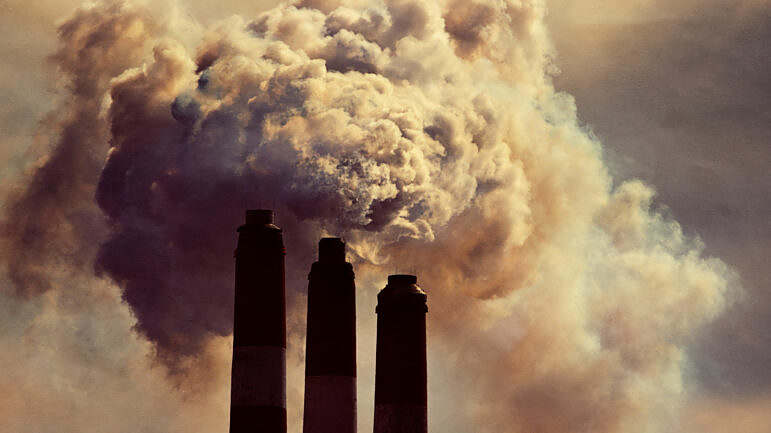Flue Gas treatment.
Flue gas, also called exhaust gas, exits to the atmosphere via a flue, a pipe or channel for conveying of gases from burning of fuel or other materials is a boiler, fireplace, steam generator, or oven, in power stations and industrial plants.
Flue gas is a mixture of gases accompanied by pollutants includes particulate matter, carbon monoxide, nitrogen oxides, sulfur oxides, dioxins and furans, a group of persistent and extremely toxic compounds, and is generated as a result of a combustion.
Flue gas are the primary components of photochemical smog, a type of air pollution generated when the sun’s ultraviolet rays react with nitrogen oxides in the atmosphere.
Thanks to the high degree of microporosity, the large surface area and the adsorption kinetics of activated carbon, it has proven to a be very effective technique in treating flue gas before release into the atmosphere.

